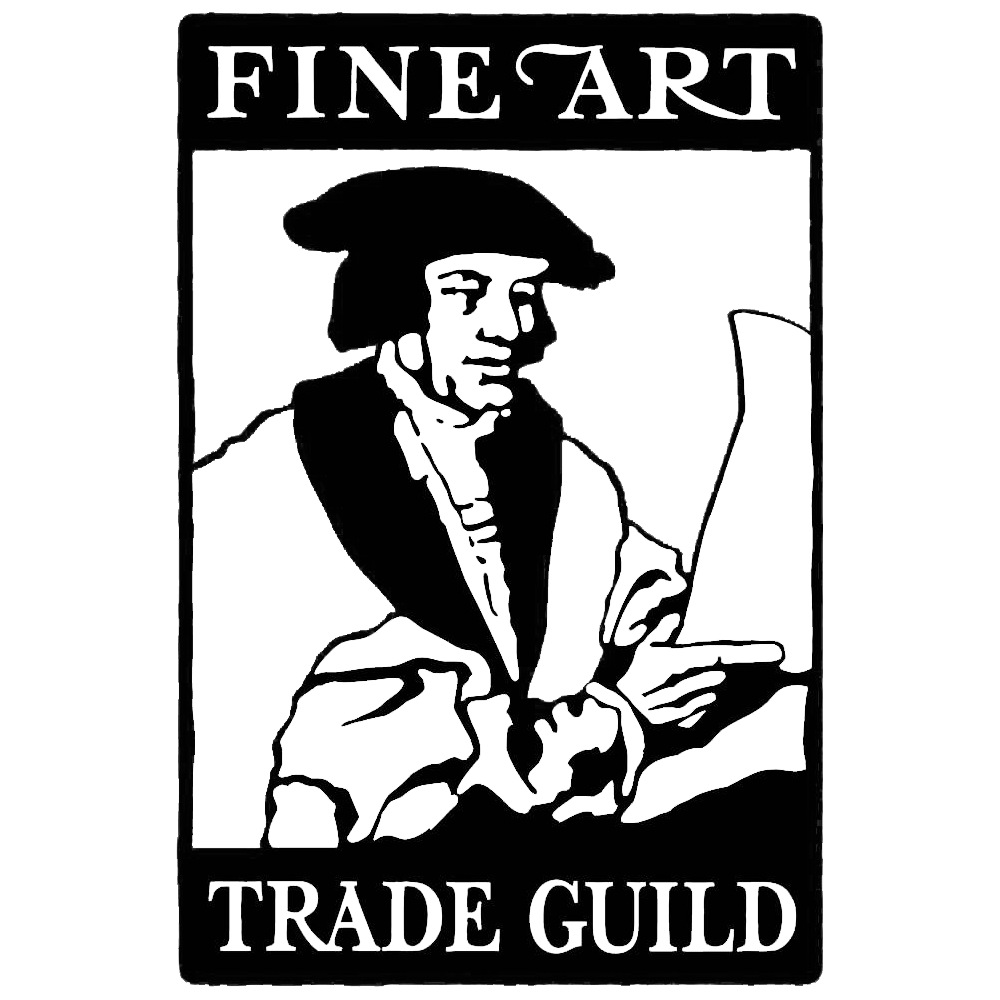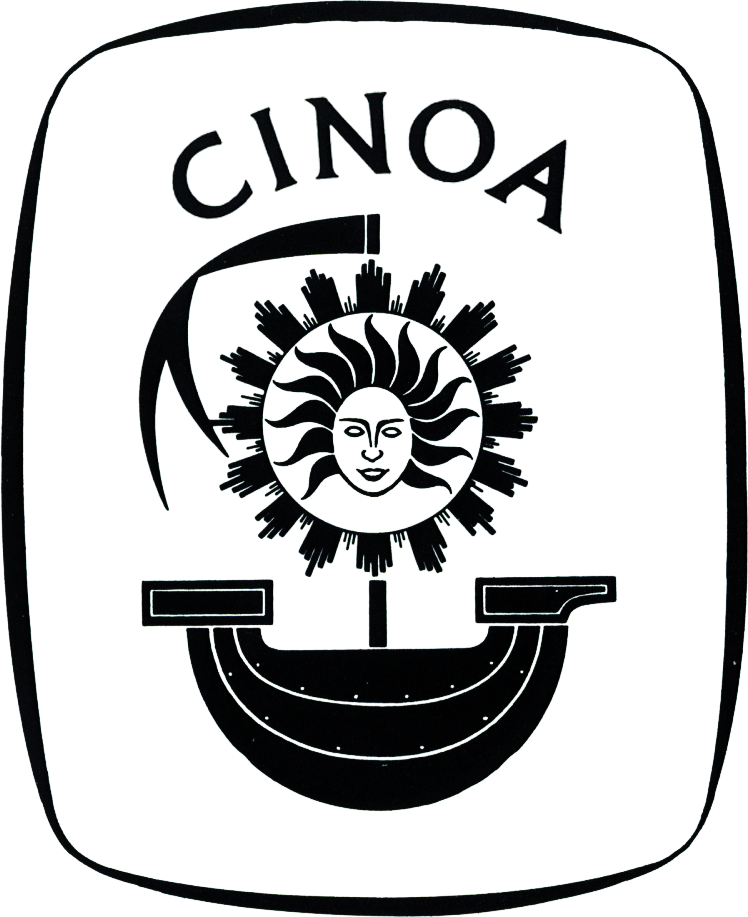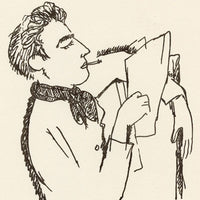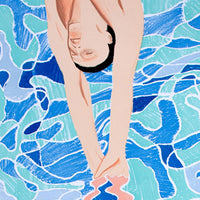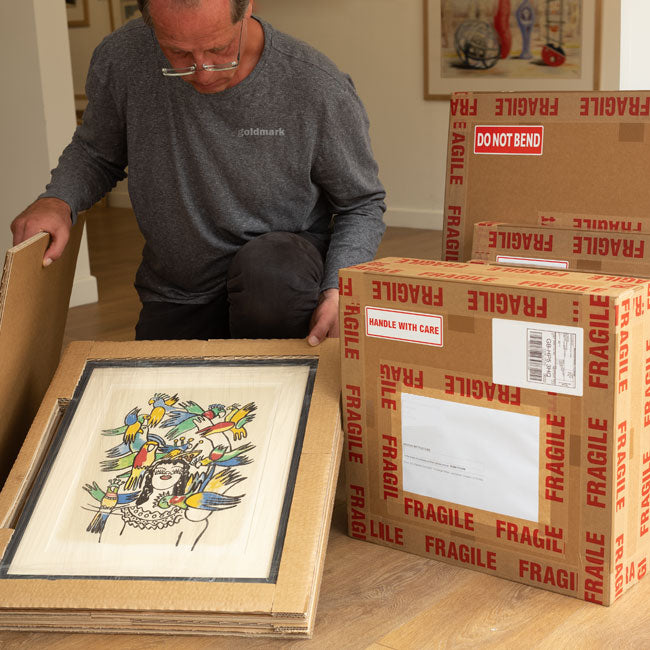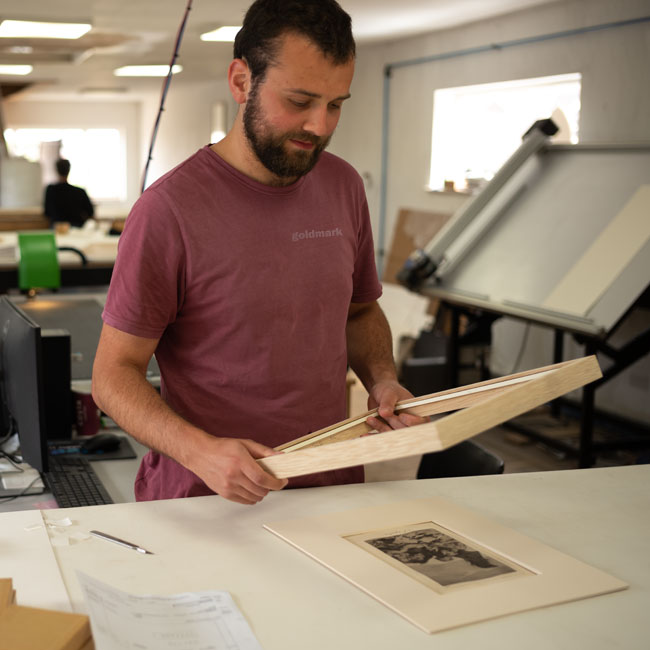Sometimes the word 'gallery' simply isn't enough. Yes, it's the core of a business dedicated to the best in painting, printmaking, sculpture and ceramics. But here the books turn into paintings, the paintings turn into films. Watch our short film to find out a bit more about us and what we do.

Fear, 1917
Interested in this item?
Start a conversation
This is an original artwork
held in stock at goldmark
Need it in a hurry?
Get in touch
Not completely delighted?
30 day free returns
Artist Information
About the Work
Dimensions & Details
Goldmark.tv
Delivery & Returns
Artist Information
Artist Information
Stay up to date with this artist

Stay up to date with this artist
Orovida, the only child of Lucien and Esther Pissarro, was the first woman in the Pissarro family to become a professional artist and the first Pissarro of her generation to take up painting. Born in Epping, England, in 1893, she lived and worked predominantly in London, where she was a prominent member of several British arts clubs and societies.
She first learned to paint in the Impressionist style from her father and, after a brief period of formal study with Walter Sickert in 1913, she renounced formal art schooling. Throughout her career, Orovida always remained outside mainstream British art movements. Much to Lucien's disappointment, she soon turned away from naturalistic painting and developed an unusual style that combined elements of Japanese, Chinese, Persian and Indian art.
Her rejection of Impressionism, which, for the Pissarro family, was a way of life, and her simultaneous decision to drop her famous last name and use simply Orovida as a nom de peintre, reflected a desire for independence from the family legacy, of which she nevertheless remained proud.
She first learned to paint in the Impressionist style from her father and, after a brief period of formal study with Walter Sickert in 1913, she renounced formal art schooling. Throughout her career, Orovida always remained outside mainstream British art movements. Much to Lucien's disappointment, she soon turned away from naturalistic painting and developed an unusual style that combined elements of Japanese, Chinese, Persian and Indian art.
Her rejection of Impressionism, which, for the Pissarro family, was a way of life, and her simultaneous decision to drop her famous last name and use simply Orovida as a nom de peintre, reflected a desire for independence from the family legacy, of which she nevertheless remained proud.
Related Categories
About the work

About the Work
First state no. 4/4. Signed and titled.
Goldmark.tv
Delivery & Returns
-
Our Free Bespoke Delivery
At Goldmark we understand the risks of sending delicate art and ceramics in the post, that’s why we hand package in made to measure boxes, frame and seal every purchase. If you do have an issue with your order, just get in touch with us and we can get it sorted for you as soon as possible.
-
Our Free Bespoke Frames
All eligible orders that include a frame with their delivery will receive a bespoke frame handmade by our dedicated talented team of frame makers. You can learn more about our frame making process here and what makes it so special.
Similar Works
-
A Gallery Supporting Real Artists
Goldmark is proud to have changed the lives of many living artists, enabling them to spend more of their time making pictures, pots and sculpture.READ MORE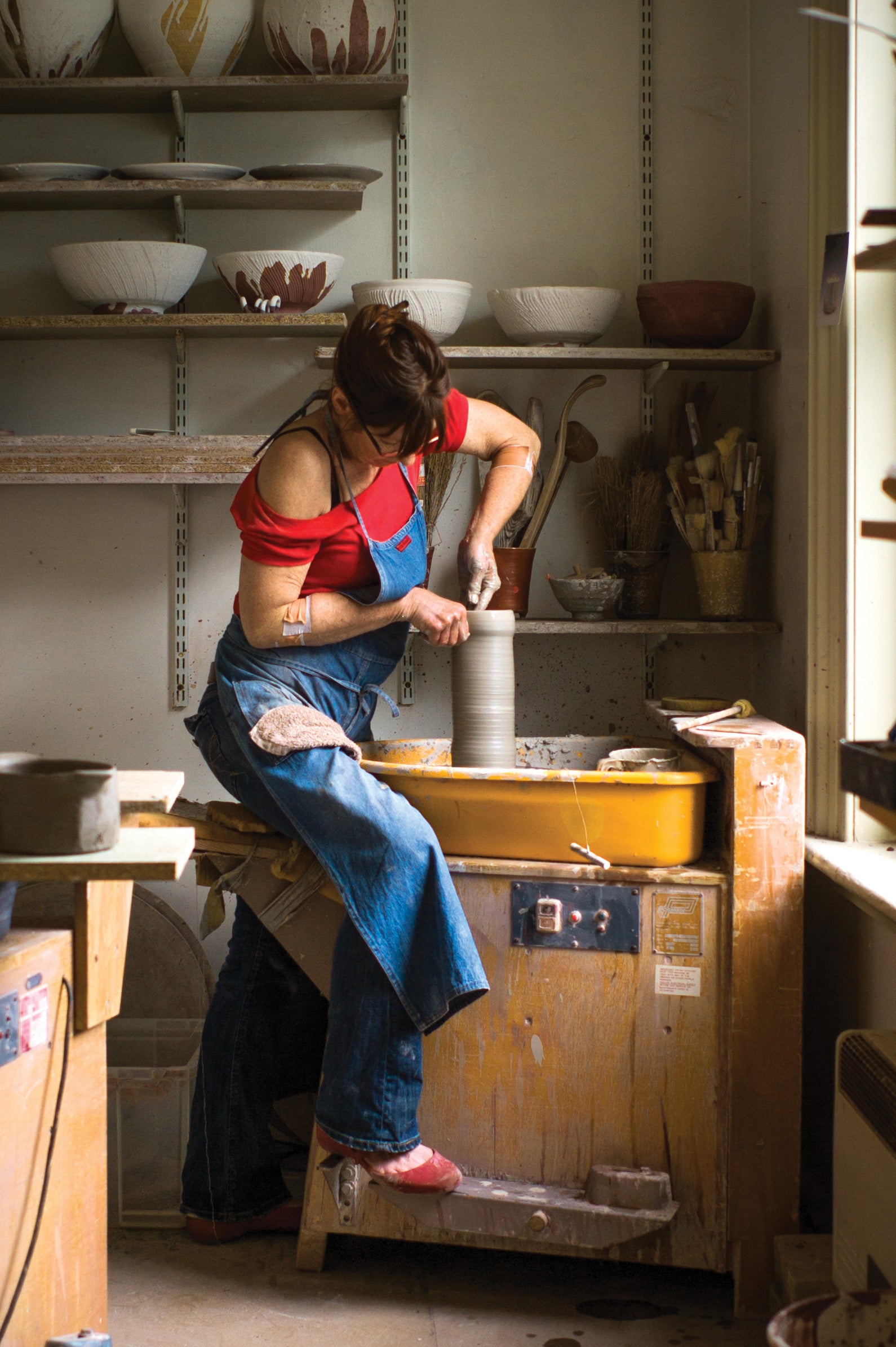
-
 Goldmark is delighted to be a member of the International Fine Print Dealers Association, the Fine Art Trade Guild and the Confederation Internationale de Negociants en Oeuvres d'Art.READ MORE
Goldmark is delighted to be a member of the International Fine Print Dealers Association, the Fine Art Trade Guild and the Confederation Internationale de Negociants en Oeuvres d'Art.READ MORE
